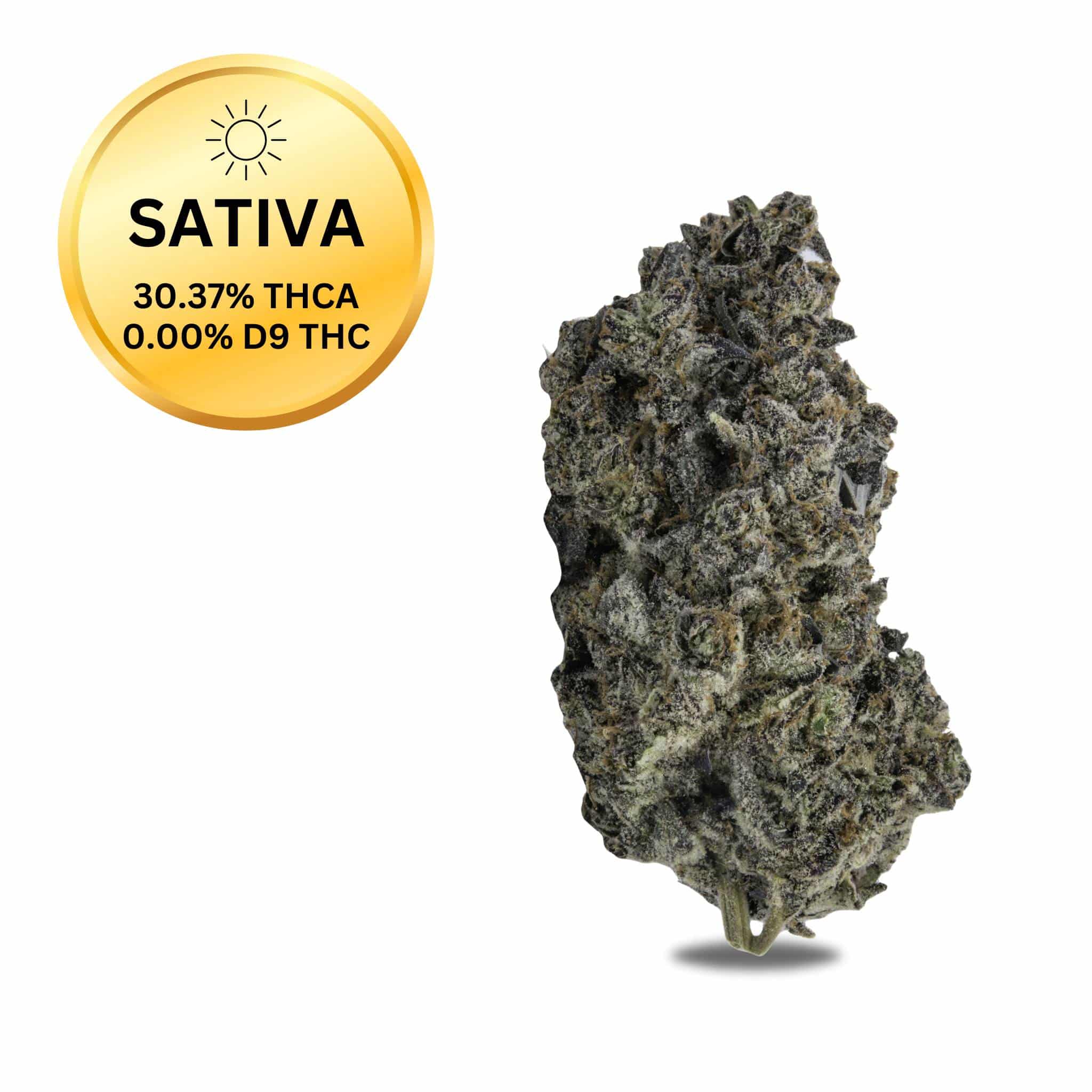
$19.99
![]() >
Blogs
>
Cannabis >
What Are Cannabinoids? The Ultimate List of Cannabinoids
>
Blogs
>
Cannabis >
What Are Cannabinoids? The Ultimate List of Cannabinoids
THE STATEMENTS ON THIS BLOG ARE NOT INTENDED TO DIAGNOSE, TREAT, CURE, OR PREVENT ANY DISEASE. THE FOOD AND DRUG ADMINISTRATION HAS NOT EVALUATED ANY STATEMENTS CONTAINED WITHIN THE BLOG. ATLRX DOES NOT IN ANY WAY GUARANTEE OR WARRANT THE ACCURACY, COMPLETENESS, OR USEFULNESS OF ANY MESSAGE. THE INFORMATION CONTAINED WITHIN THIS BLOG IS FOR GENERAL INFORMATIONAL PURPOSES ONLY.
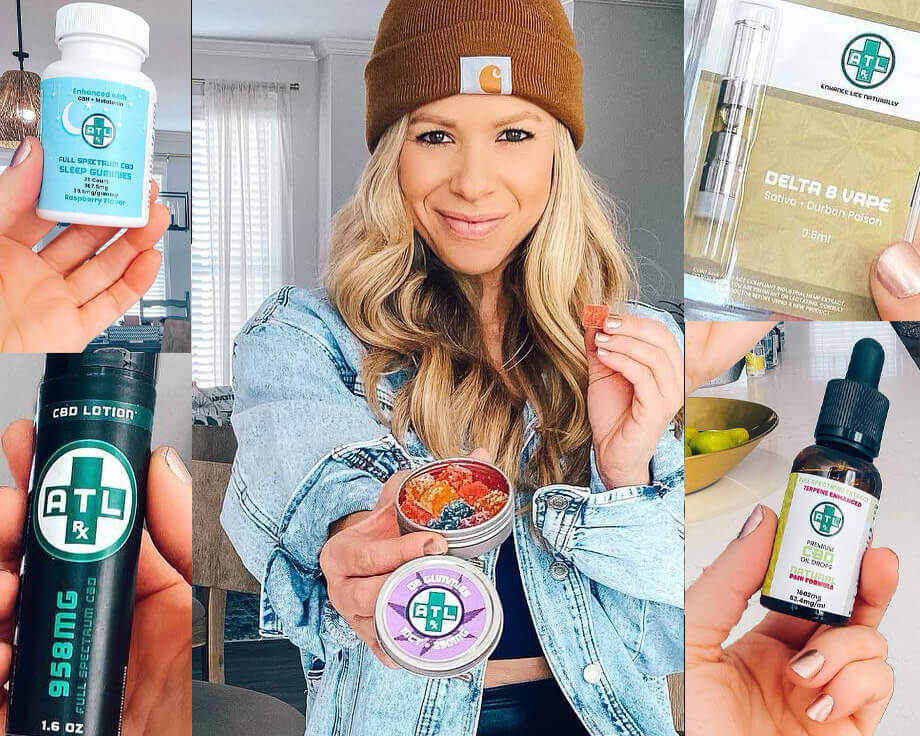
THC is one of the most well-known cannabinoids. However, there are over a hundred different cannabinoids, and the list continues to grow over time as more research and discoveries are being made.
The following is a list of the most up-to-date cannabinoids known to date. Here you will find our top picks of cannabinoids, and with this list, we hope we will help you with your future cannabis questions.
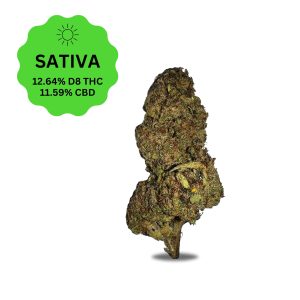
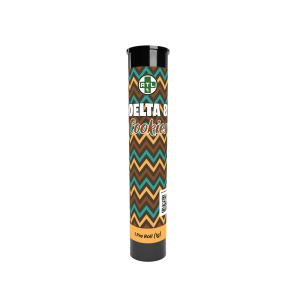
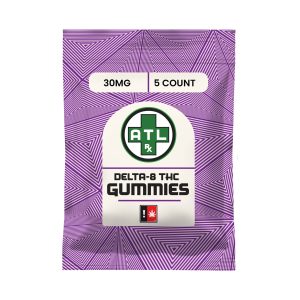
A cannabinoid is a chemical compound found in cannabis and is also a compound made within the human body. Cannabinoids activate the endocannabinoid receptors found in the body. There are two major types of cannabinoids:
Cannabinoids that are found in cannabis are called phytocannabinoids. The phytocannabinoids are found within the resin glands of the flower, which are called trichomes. The most famous phytocannabinoids known to the public are tetrahydrocannabinol (THC) and cannabidiol (CBD).
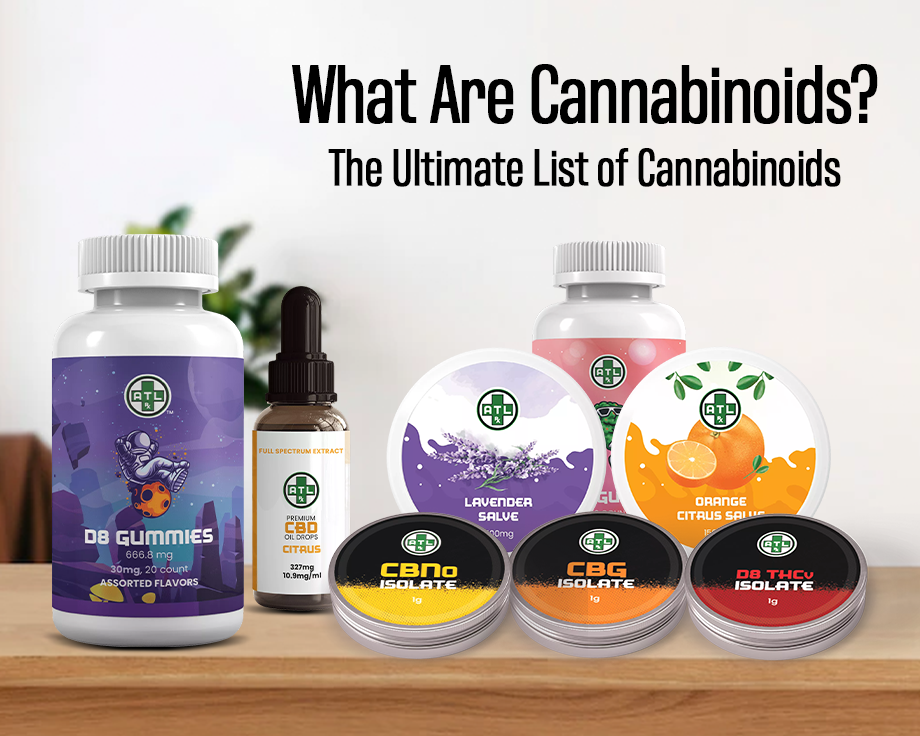
The term “Phyto” means that it is related to plants. There are roughly 113 different cannabinoids that have been discovered in the cannabis plant. Many experts say that there may even be up to 150. The list we have compiled here is up to 147.
The cannabinoids that are produced in the human body is referred to as endocannabinoids. The term “endo” refers to the internal parts of an organism, which means the body has its own cannabinoids.
The body has two significant endocannabinoids, and they are anandamide and 2-AG. The human body contains several more, but their roles in the endocannabinoid system are still being studied.
Within our bodies, we all have different types of systems that regulate how our bodies function. The endocannabinoid system (ECS) interacts with both phytocannabinoids and endocannabinoids. The endocannabinoid system’s job in our bodies is to control things like behavior, appetite, mood, memory, learning, metabolism, growth, reproduction, and development. It is the goal of the ECS to have our bodies reach homeostasis. In other words, it is trying to get to a balanced point in those areas mentioned.
Endocannabinoid System (ECS) has two receptors that interact with cannabinoids:
Cannabinoids, depending on which one, will either antagonize or agonize the receptors. This means that cannabinoid receptors agonist will bind to receptors CB1 or CB2 and stimulate their activity. If the cannabinoid receptors are antagonists, this means it will suppress the activity of the receptor.
It is mind-boggling that there are so many cannabinoids, but here is an extensive list of known phytocannabinoids:
The list above are cannabinoids still under research. The scientific potential and understanding of these cannabinoids are still being researched. This is a bright future for cannabinoids and their potential.
Check out our top 10 cannabinoids!
Tetrahydrocannabinol, as we all know it as THC, is one of the main psychoactive compounds in cannabis or marijuana. Delta-9 THC is the active compound, and cannabinoids can be found in large amounts inside marijuana, and it is found in minimal quantities in hemp. Many may not realize that THC is not a single compound but a family of compounds that consist of different THC analogs.
THC Analogs:
Delta-9 THC is known for the “high” feeling you get when you use or smoke cannabis. When THC is ingested or smoked, it goes into the bloodstream and directly binds to cannabinoid receptors throughout the nervous system, which activates the “high” or intoxication; this happens with Delta 9 THC. This compound or a psychoactive ingredient in Cannabis is the THC that everyone has heard of.
The maximum amount of Delta-9 THC that can legally be in a product is 0.3% by dry weight, which means that for every 1 gram of product weight, up to 3mg of Delta-9 THC can be included without breaking any laws. For example, a 5-gram product can legally contain up to 15mg of Delta-9 THC. Delta-9 THC at the federal level is still not legal, but in many states, cannabis with THC has been approved for medical and recreational use. Delta-8 THC is considered legal because it is derived from hemp plants.
CBD is the short term for what is also known as Cannabidiol, and it is one of 85 active compounds that are found in cannabis plants. CBD is quite popular these days, and you probably heard of CBD everywhere, from the news to your friends. The history of cannabis use can be traced back to ancient times in Asia and Central Asia for its medicinal and beneficial use. So there should be no surprise in the recent phenomenon of CBD.
CBD is a non-psychoactive compound and is one of the major cannabinoids that is found in cannabis plants. CBD is the most common and prosperous compound in hemp, representing up to 40% of the plant.
With CBD’s emergence on the market, you will hear the term full-spectrum CBD, which simply means hemp-derived CBD with full cannabinoid and terpene profile. It is practically the use of the entire plant.
It became legal in all 50 states in 2018 when the 2018 Farm Bill Act was approved. This bill legalized the sale and use of cannabis products in various states as long as the products do not contain more than 0.3% of THC by dry weight. CBD does not contain THC, so that means it does not get you “high.” With the legalization of hemp products in the market, the world opened up for cannabinoids that derive from hemp.
Many products on the market today are derived from hemp or CBD; for example, you may have heard of Delta-10 THC online. Delta-10 THC is not an easy cannabinoid to extract; it must be refined extensively, making it less common on the market. CBD products are one of the most popular products on the market today.
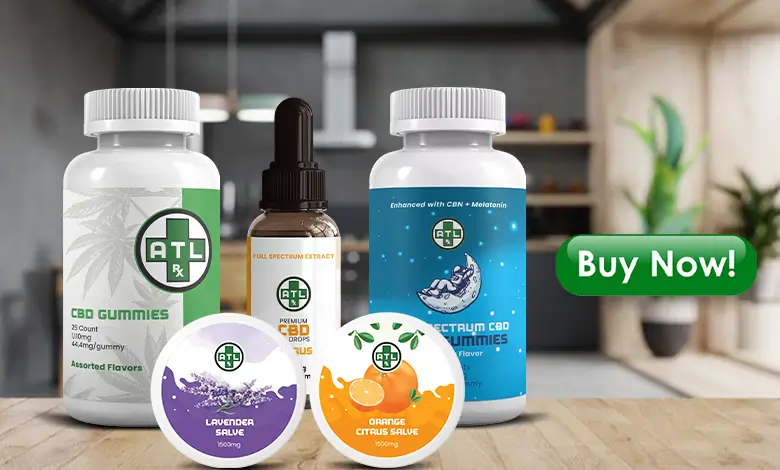
Cannabigerol is better known as CBG, also known as the “mother of all cannabinoids,” because without it, the others would not exist. All cannabinoids lead back to CBG. THC and CBD both begin as CBG and are broken down into their final form.
Extracting CBG is very expensive and must be done correctly, which makes it very rare. Due to its rarity, CBG is not well known and therefore outshined by CBD in the current market.
The acidic form of CBG is CBGA and it was discovered in the 1970s. CBGA is created by a combination of olive tonic acid and geranyl pyrophosphate. During the growth of the plant, near the end of the growth cycle, the plant absorbs more UV light, and CBGA breaks down and converts into THCA, CBDA, and CBCA.
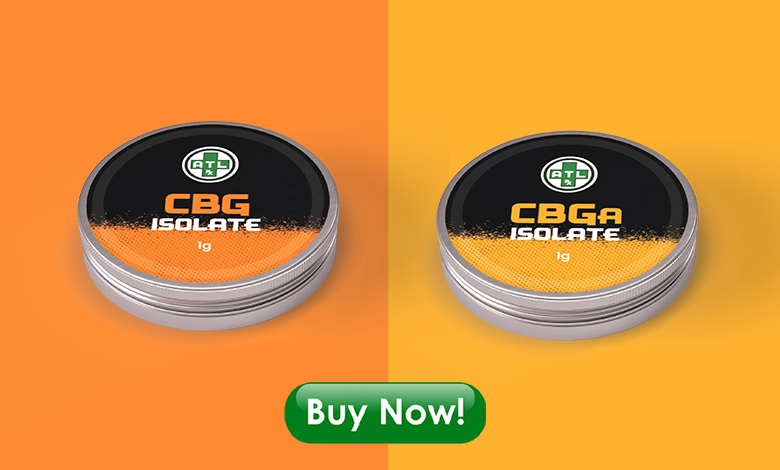
CBC is also known as cannabichromene, is another cannabinoid abundant in cannabis plants. Cannabichromene is the third most common cannabinoid. CBC is found naturally in the leave and flowers of hemp plants.
In 1966 CBC was discovered, and it is said to be traced back to a landrace strain from India. Like THC and CBD, CBC’s origins come from CBGA.
This cannabinoid works well when combined with terpenes to create the entourage effect.
CBC is non-psychoactive; in other words, it does not produce a “high.” CBC poorly binds with CB1 and CB2 receptors, but it does bind well with different receptors in the body called vanilloid receptor 1 (TRPV1) and transient receptor potential ankyrin 1 (TRPA1), which can be linked to pain perception. It is responsible for activating the body’s natural endocannabinoid system.
Most CBC products will come in oil form, and like CBD products, it will be a full spectrum.
CBN is a non-intoxicating cannabinoid that was first discovered by a British chemist named Robert Sidney Conn in 1930.
CBN is not produced naturally but forms through the deterioration of THC. The aging of THC occurs through the plant’s exposure to light or oxygen. The oxidization of THC creates CBN. The sign of CBN being present in cannabis is a sign that it is old, so that may be off-putting for some people. Higher levels of CBN are found in more aged and dry cannabis.
Most experts say that the best CBN will have oxygenated sesquiterpenoids and that CBN and THC together create an entourage effect.
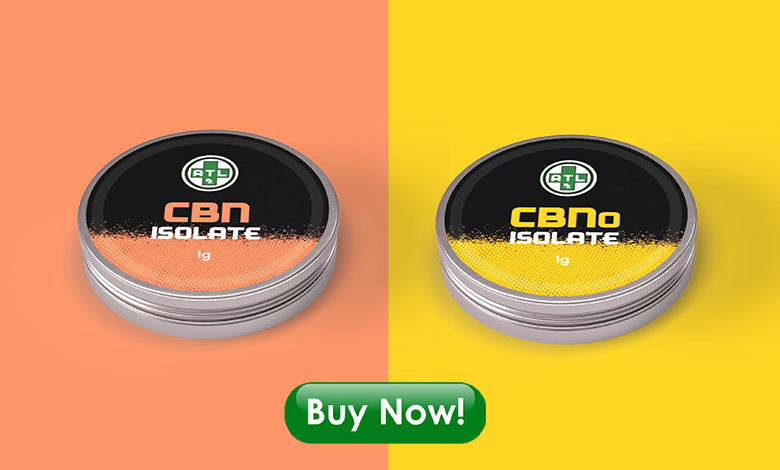
THCV is also known as tetrahydrocannabivarin, is like THC’s cousin. They are similar, but THCV has fewer carbon atoms than THC. THCV is an analog of THC. The way THCV works is that it binds to both CB1 and CB2 receptors; the way it binds depends on the dose. The potential of THCV are still being researched.
Strains of cannabis that are high in THCV were originally found in Pakistan, India, Afghanistan, Thailand, and China.
As a reminder, another analog of THC is THCV. You can buy THCV online, one of the fastest-growing products on the market. Some people consider THCV the supercar of cannabinoids because it takes you where you need to go fast.
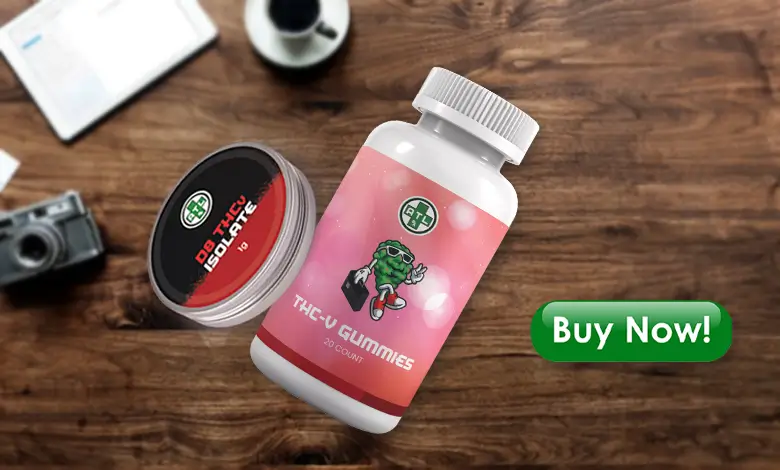
Cannabidivarin, also known as CBDV, is a cannabinoid that has a similar molecular structure. CBDV is non-intoxicating and was discovered in 1969. From recent research, CBDV is found mainly in a landrace strain of Cannabis Indica, which can be found in Asia and Africa. According to research, this cannabinoid is not water-soluble in large amounts. The receptor that CBDV binds with is the TRPV1 receptor.
THCA also known as tetrahydrocannabinolic acid is a cannabinoid that is considered non-intoxicating if ingested and is only found in raw cannabis. From raw cannabis, THCA is found in the resin concentrate of the plant and makes up 50% to 90% of the weight. THCA becomes THC through decarboxylation (heat), and you will not get the effects of THC without this process. Cannabis strains that are high in THC will also be high in THCA.
Cannabidolic acid is also known as CBDA, is a cannabinoid produced by cannabis and hemp. CBDA is converted to CBD through decarboxylation. In other words, it needs heat to be activated. Research shows that CBDA does activate the 5-HT1A serotonin receptors.
CBDA products are usually tinctures and topicals, and sometimes people get their CBDA from raw cannabis juice.
Delta-8 tetrahydrocannabinol, a.k.a Delta 8 THC is a analog form of THC from cannabis and hemp plants. Delta-8 is a naturally occurring cannabinoid that can are found in cannabis plants. Delta 8 is considered a naturally occurring isomer; however, all of the Delta 8 THC you see on the market is lab derived from CBD, which is naturally extracted from the plant. The word Synthetic implies man-made from artificial ingredients. Delta-8 THC, while made in a lab, is derived, not synthesized, from naturally occurring compounds in hemp.
Delta-8 products come in many different forms. You can buy HHC products online; HHC (hexahydrocannabinol) is a concentrate that comes from Delta-8 THC. There are Delta-8 products like gummies, and you can buy Delta-8 flower and many more different products.
Another cannabinoid that comes from Delta-8 is THC-O. You can find THC-O products for sale online and at certain stores like ATLRx.

The world of cannabinoids and their science will start enhancing people’s lives. The stigma of cannabis as being “bad” has begun to fade away in recent years. People’s views on cannabinoids or cannabis are gaining popularity day by day. The future of cannnabinoids and what they can be used for is bright!
Many states in the U.S. are now legalizing cannabis for medicinal and recreational use. You will see many people taking advantage of cannabinoids and hemp products everywhere. It is your decision whether or not you want to use these products. Take one step into the world of cannabinoids and enhance your life!
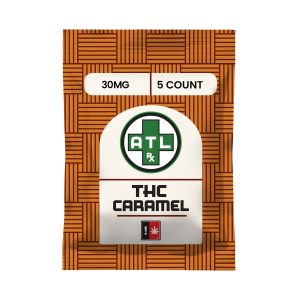
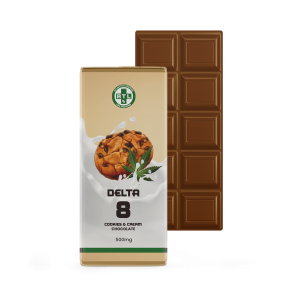
Choose ATLRx for your CBD and Other Hemp Derived Products
Here at ATLRx, transparency is our policy. All our products are lab tested for potency, residuals, and pesticides to ensure quality and safety. Our COAs or lab results are available on our website for the public to view. Shopping with us means you can buy Delta 8 THC and other Hemp derived products from one of the most reputable brands! This includes our premium Delta 8 THC flower, and CBD flower online! Feel confident in knowing that when you buy hemp-derived products online, you are shopping with the best carrier of hemp products on the internet. You can find HHC, THCV, Delta-8, Delta-10, and THC-O online at ATLRx.
We use 100% USA-grown hemp extracts in our manufacturing. We use indoor premium grown hemp, sourcing from farms in Colorado, Oregon, and Northern California. The difference between indoor vs. industrial is that indoor gets the love it needs. Industrial hemp is grown in massive quantities; an industrial batch zeros in on amount, and indoor is more about quality—receiving the attention and care the plant deserves.
As a disclaimer, we want to state that this content is for informational purposes only. This has not been approved by the food and drug administration. It is not intended to diagnose, treat, cure, or prevent any disease or ailment or to claim any health benefits. It should not be interpreted as instruction or medical advice to displace the advice of your doctor or other medical professionals. We recommend talking to your doctor to prepare a treatment plan for any diseases or ailments.
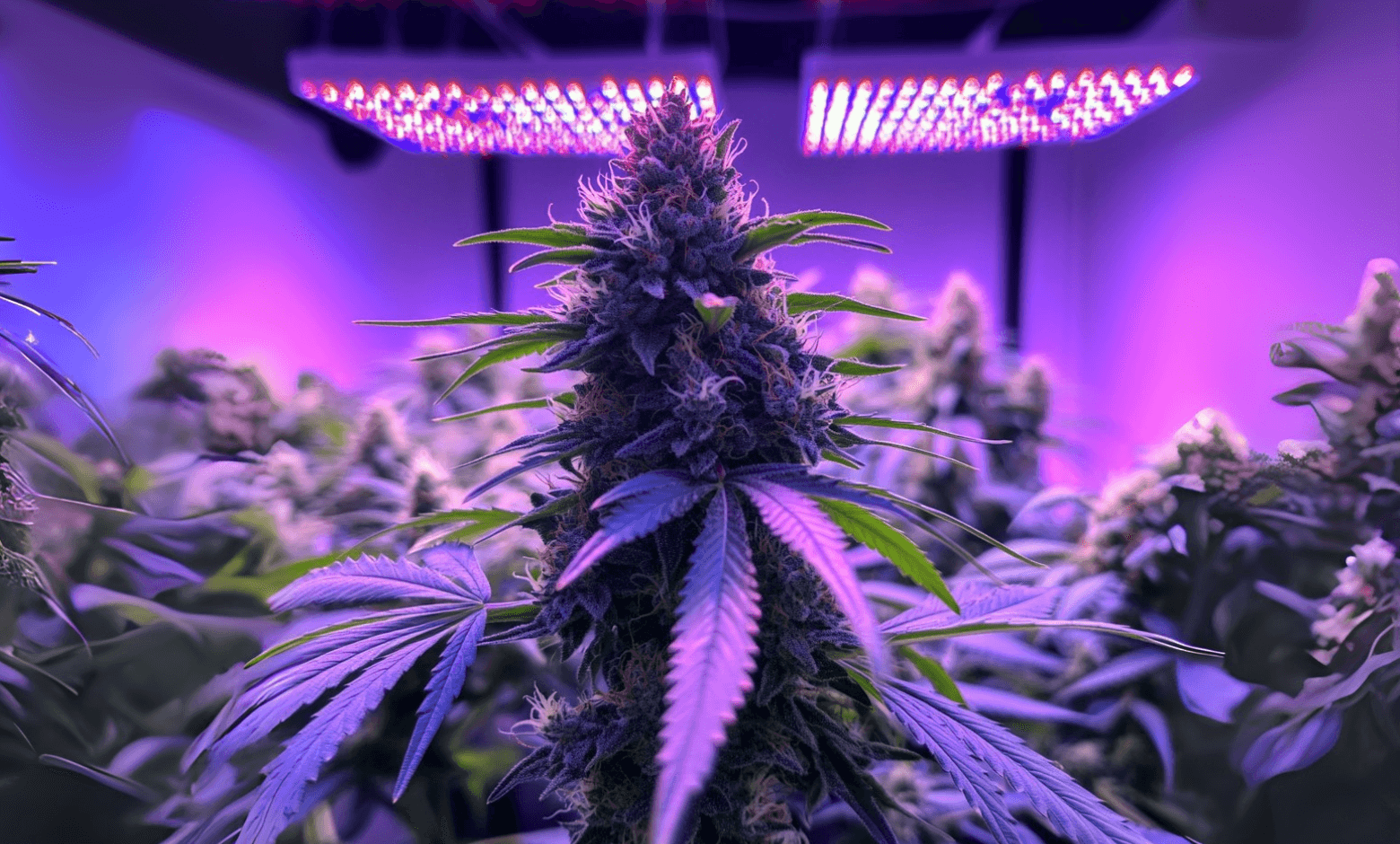
July 11, 2025
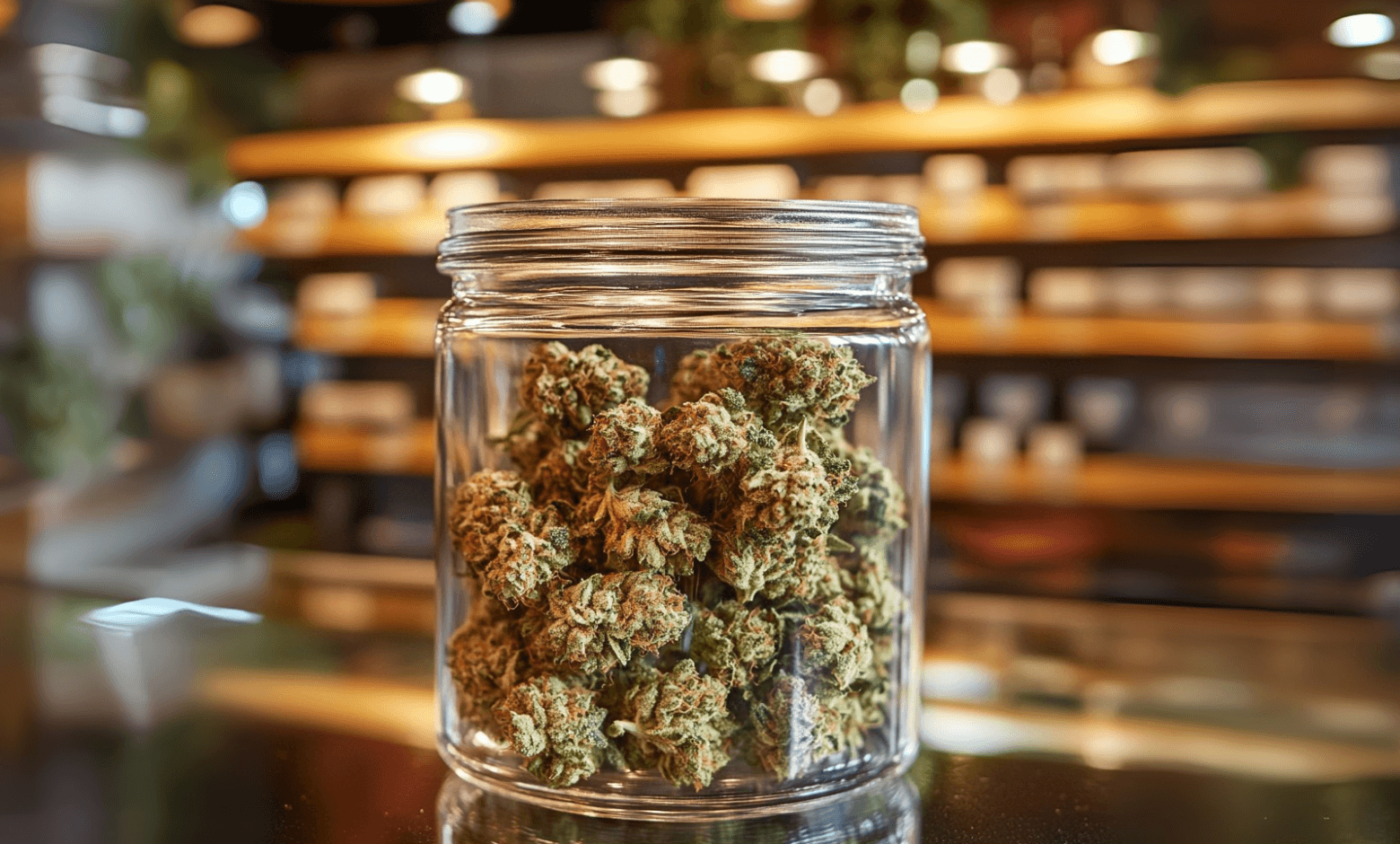
July 10, 2025
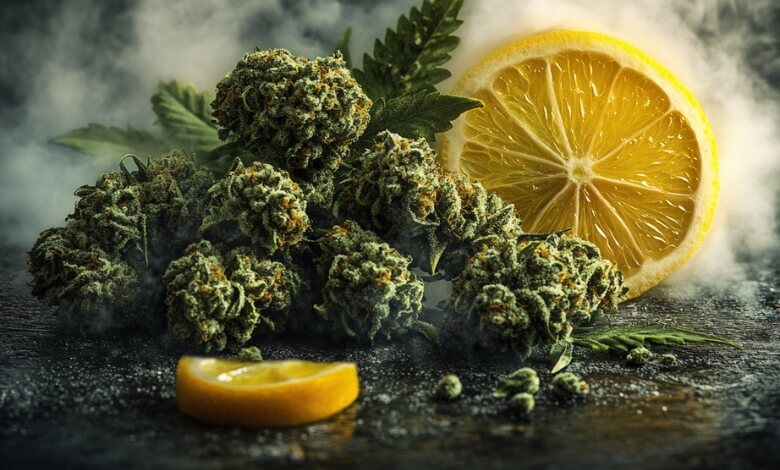
July 3, 2025
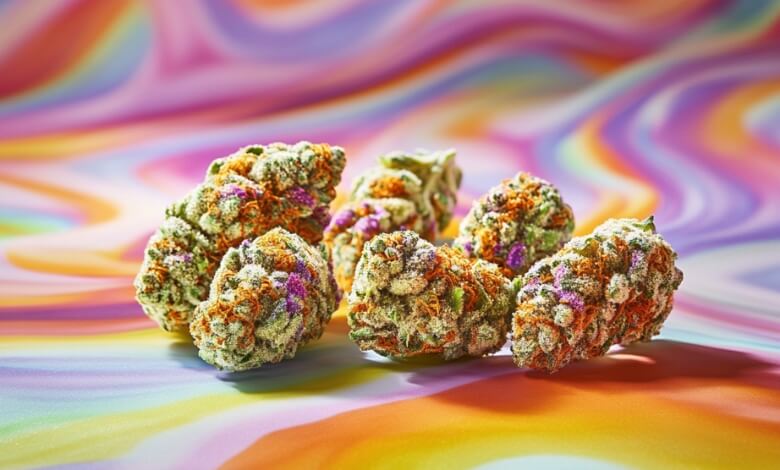
July 3, 2025
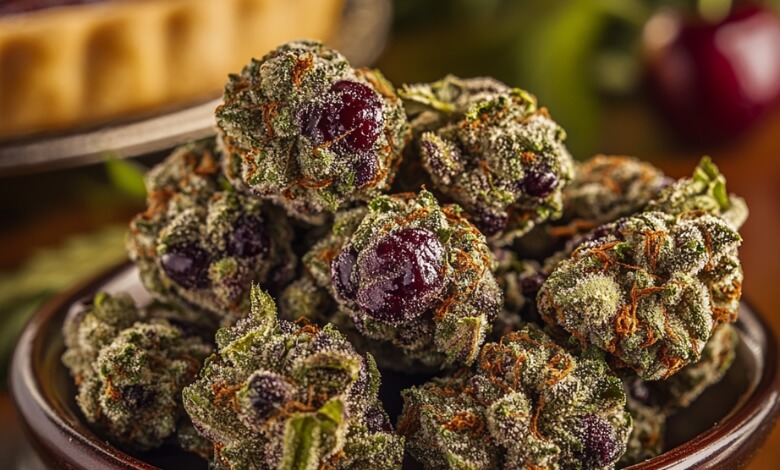
June 25, 2025

$19.99
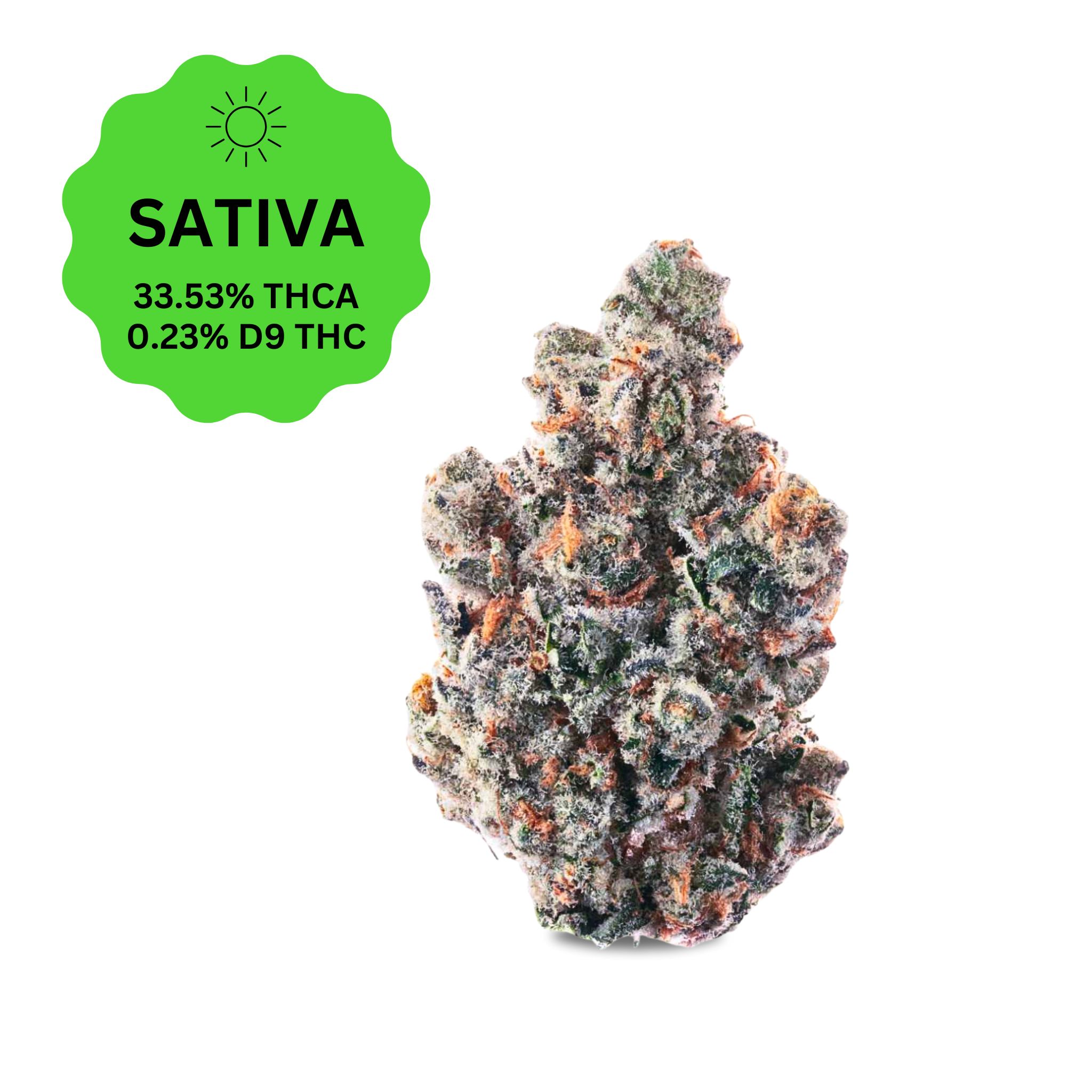
$49.99
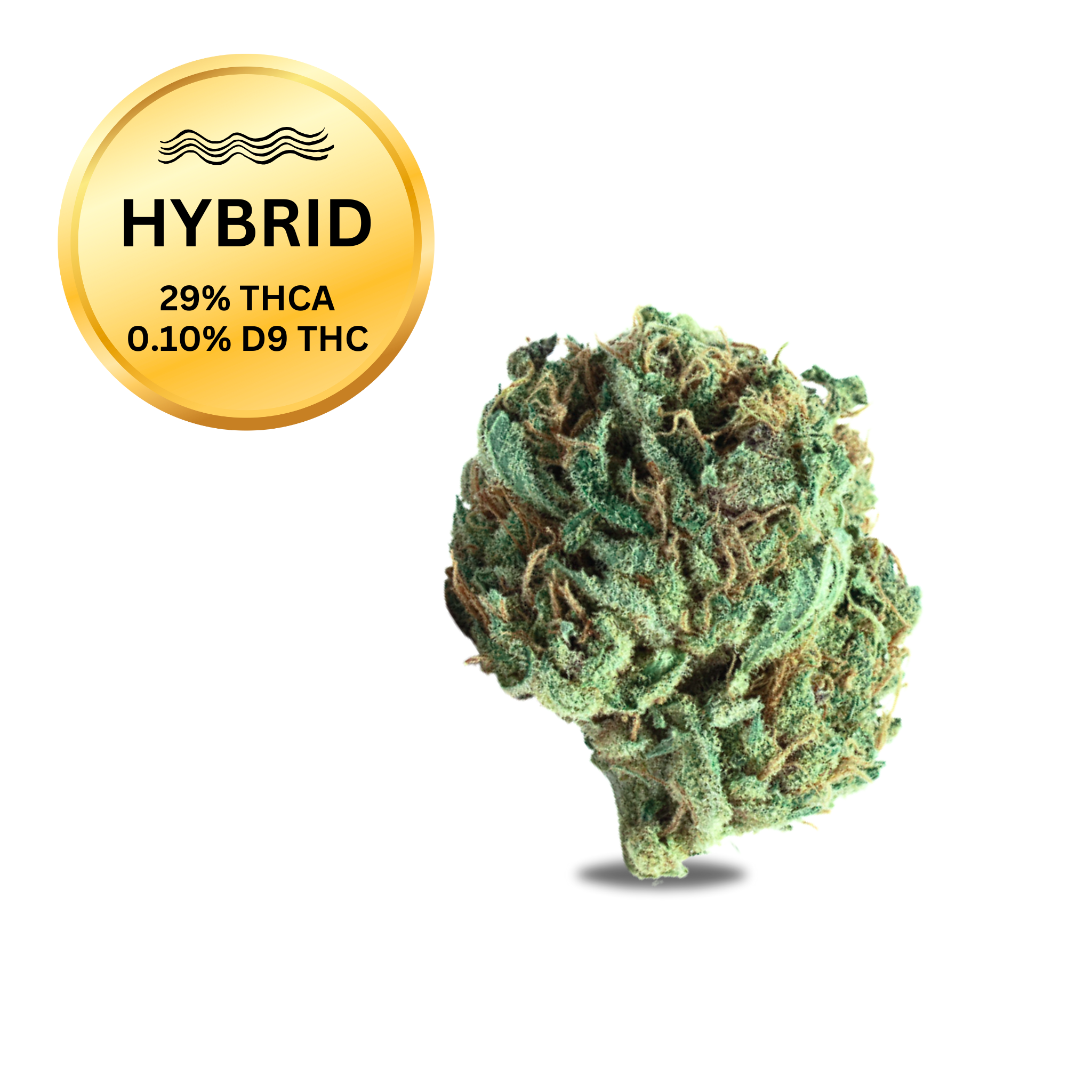
$19.99
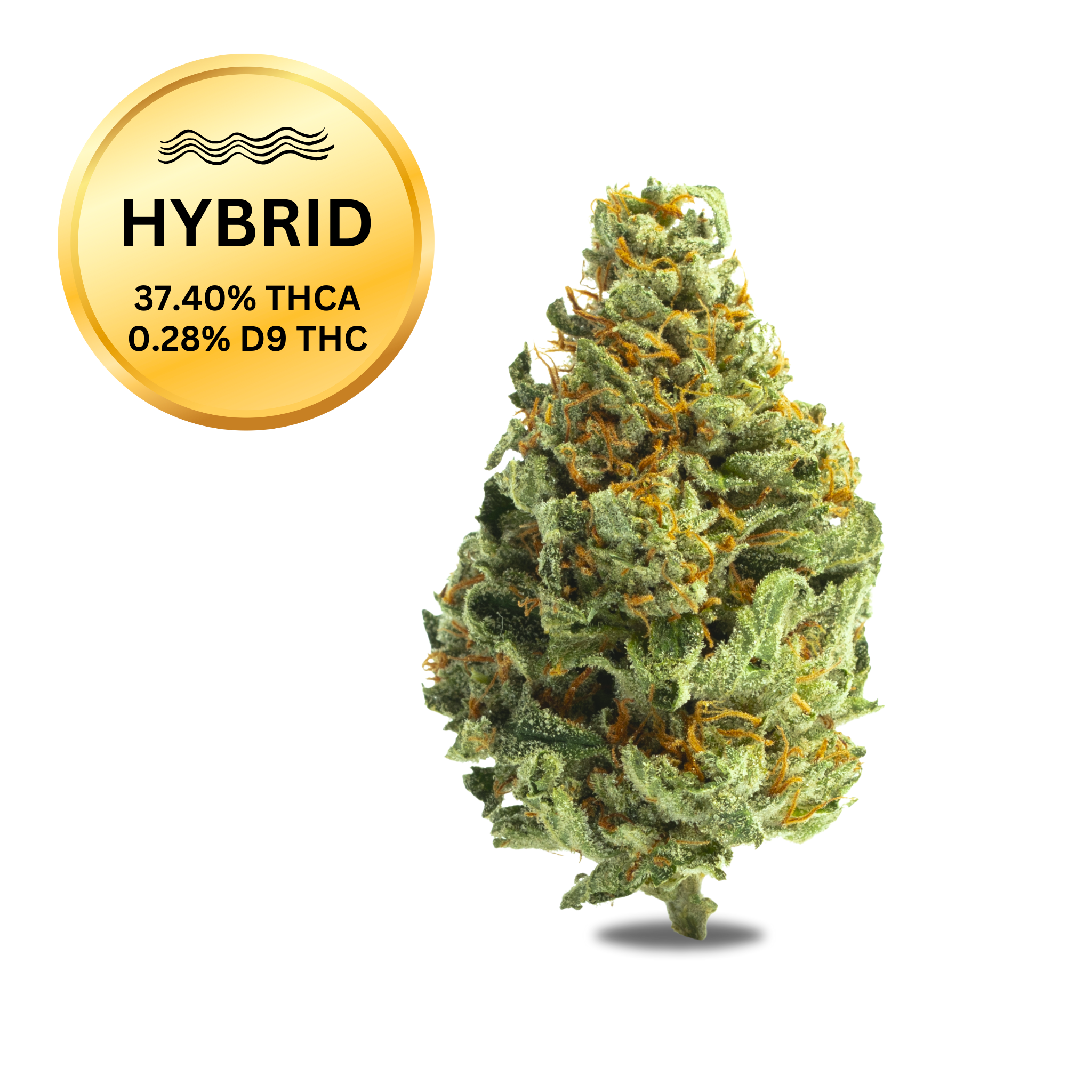
$19.99
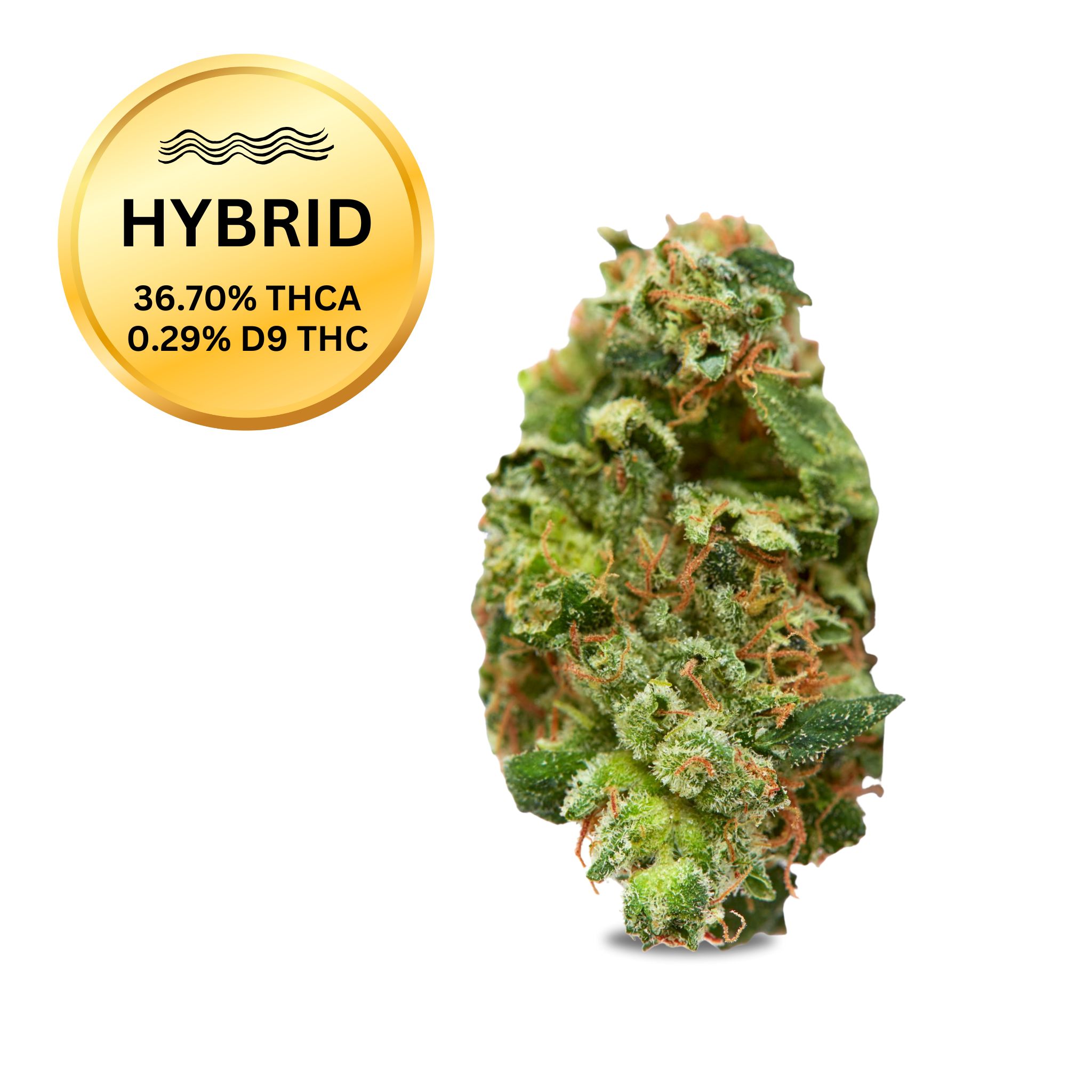
$19.99
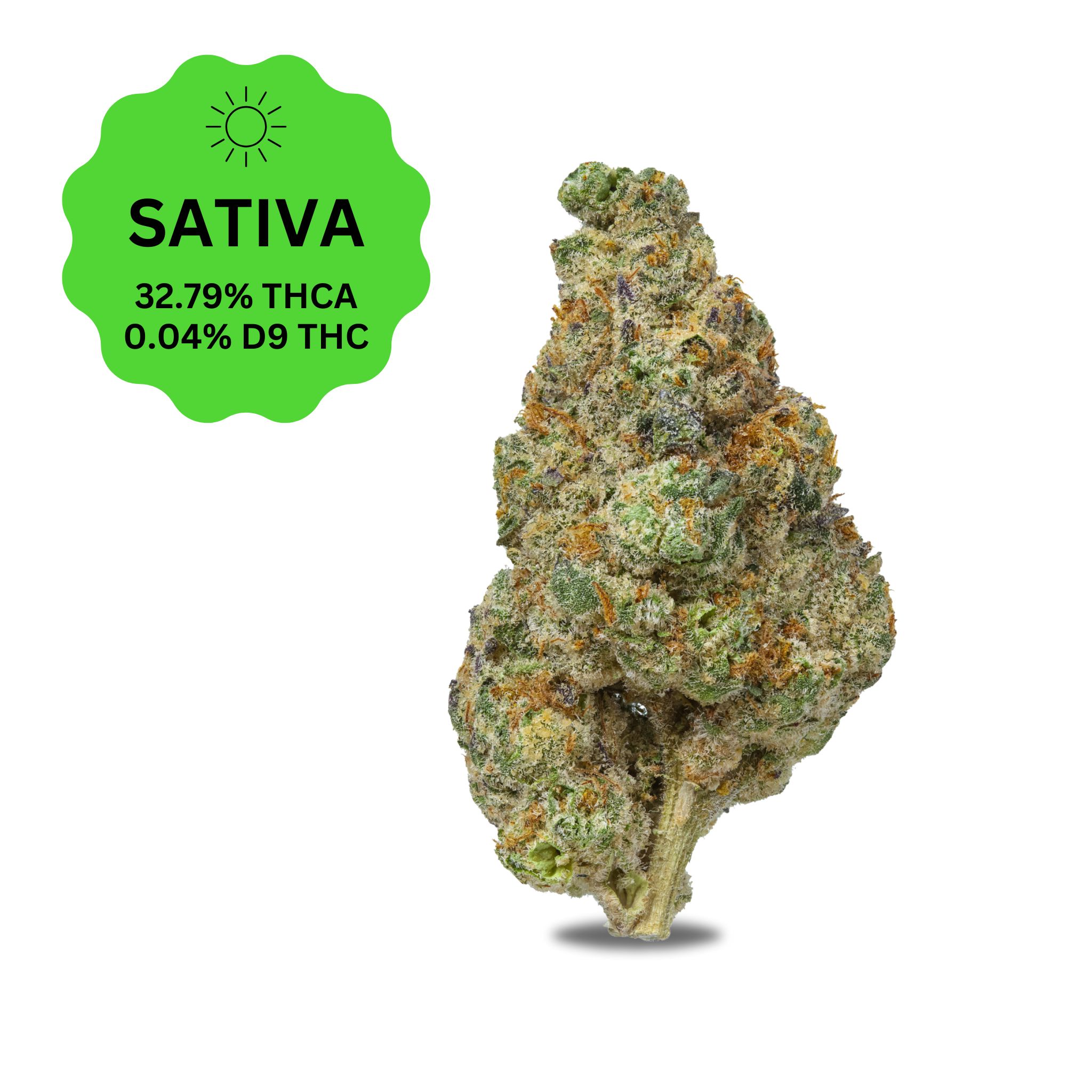
$49.99

